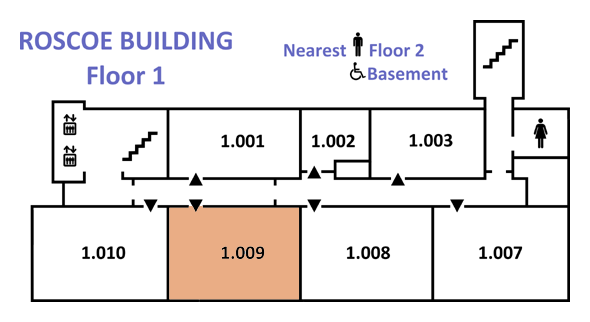
|
iCHSTM 2013 Programme • Version 5.3.6, 27 July 2013 • ONLINE (includes late changes)
Index | Paper sessions timetable | Lunch and evening timetable | Main site |

|
iCHSTM 2013 Programme • Version 5.3.6, 27 July 2013 • ONLINE (includes late changes)
Index | Paper sessions timetable | Lunch and evening timetable | Main site |
 | Smithsonian Institution, United States
| Smithsonian Institution, United StatesThe symposium will cover the interrelationship between space programmes, environmentalism and nuclear technology in the period c.1945-1995. In the past decade the ‘new space history’ has sought to study the space programmes of the later twentieth century in full historical perspective, whilst political and environmental historians have become interested in the relationship between space programmes, Earth sciences and environmentalism. Similarly, historians of nuclear programmes have widened their perspectives from science and technology to society and culture, while historians of environmental science and environmentalism have traced back many important developments to nuclear programmes and their unanticipated effects. The age of ‘big science’ in the 1940s, 1950s and 1960s paradoxically helped to generate much of the information and ideas later adopted by its environmentalist critics.
The first panel, on ‘Space programmes and nuclear technology’, begins with an overview of the cultural impact of the nuclear weapons in the post-war years (Poole), suggesting that both the space programme and environmentalism can be understood as utopian alternatives to the prospect of nuclear destruction. Other papers discuss the issues raised by the use of radioactive materials and nuclear power on space probes, as markers of the age and character of human civilization for the benefit of intelligent extraterrestrials (Macauley) and as controversial reminders of the risks of technological activity in space and of the continuing role of nuclear and military-related technology in the Earth sciences (Launius). Finally, Masco’s paper discusses some unexpected links between the nuclear bomb testing programme and the development of new visions of Earth as a planet.
The session on ‘Space programmes and the environment’ traces links between the two back to the distinctive west coast US counterculture, where space enthusiasts, hippies, new agers and even the odd astronaut came together to work out a distinctively high-tech and high-flying version of environmentalism (Jenks). Environmentalists and others also embraced the concept of ‘Spaceship Earth’ as a metaphor both for the Earth as a system and for the comprehensive and cooperative approaches needed to maintain it (Hoehler). Designs for habitable spacecraft as they developed from the 1970s in turn drew on conceptions of ‘Spaceship Earth’ and habitability developed in relation to the Earthly environment (Hauplik-Meusburger). Finally, the paper by Cirac-Claveras shows how the US and French Earth observation satellites of the 1980s and 1980s both provided data for environmental modelling and drew on environmentally-driven techniques of data-modelling to generate further data.
All told, ‘Space at work’, for all the progressive ideas and nuclear technologies which helped to drive it forward, developed in some unexpectedly Earth-centred ways.

